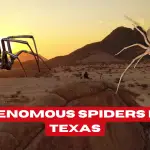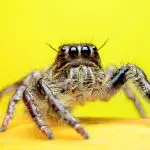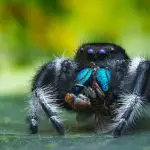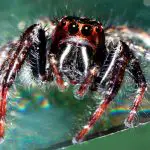Last updated on February 1st, 2023 at 10:07 am
The world’s deadliest spiders occur on all continents asides from Antarctica, and comprise a variety of unrelated species. Whilst some have very strong venom, others made the list because of the sheer number of people they bite…
There are several deadly spider species found around the world, but most of them don’t like to bite. In fact, some actively avoid humans, and bites only occur when we accidentally step on them. Others, like the Yellow Sac Spider, have weak venom – but bite often, leading to problems!
Before we go any further, let’s remind ourselves of the best ways to avoid a dangerous spider bite:
- always shake your shoes or boots before putting them on
- never handle a spider that has not been positively identified
- don’t put your hands in dark places, like under rocks
- wear gloves when working around wood piles
- wear gloves when picking fruit or gardening
- don’t go barefoot if you live in an area with dangerous spider species
1. The Brazilian Wandering Spider
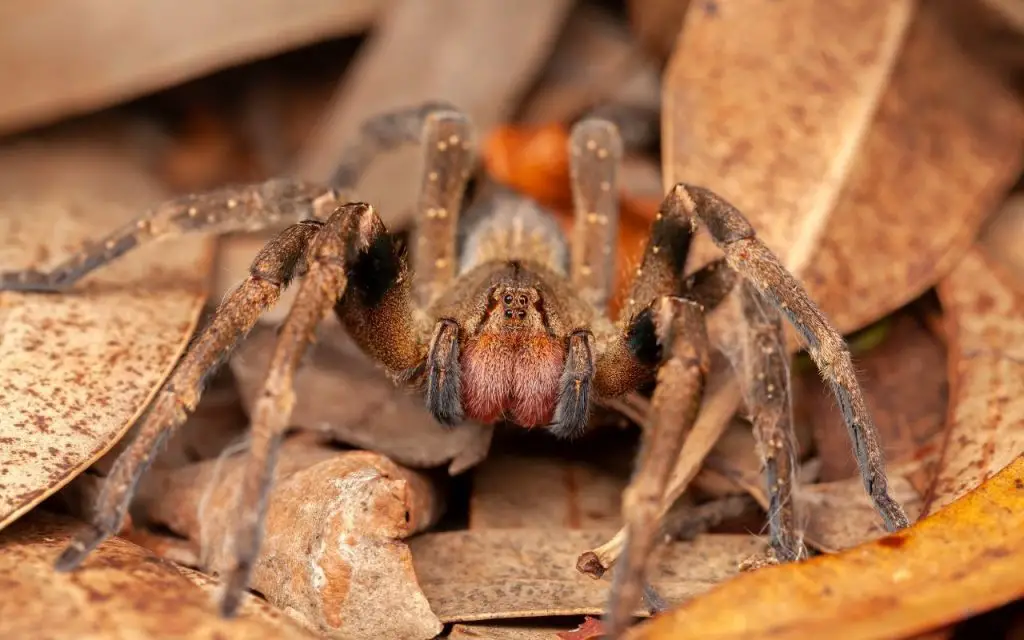
The Brazilian Wandering Spider is one of the deadliest species of spider. It has a body length of about two inches and legs that measure up to seven inches long. The venom that it releases is designed to kill prey as quickly as possible. The red hairs on the spider’s face and on its fangs warn animals to stay away. But while the Brazilian Wandering Spider’s venom is deadly, most of the bites it incurs are accidental.
The Brazilian Wandering Spider is one of several related species. It is a genus of defensively venomous spiders that live mainly in tropical South America. It is also known as the armed spider. This type of spider does not build a web but instead rests in banana plants and termite mounds. The spider’s Latin name comes from the Greek word phoneutria, which means “murderess.”
2. The Six-Eyed Sand Spider
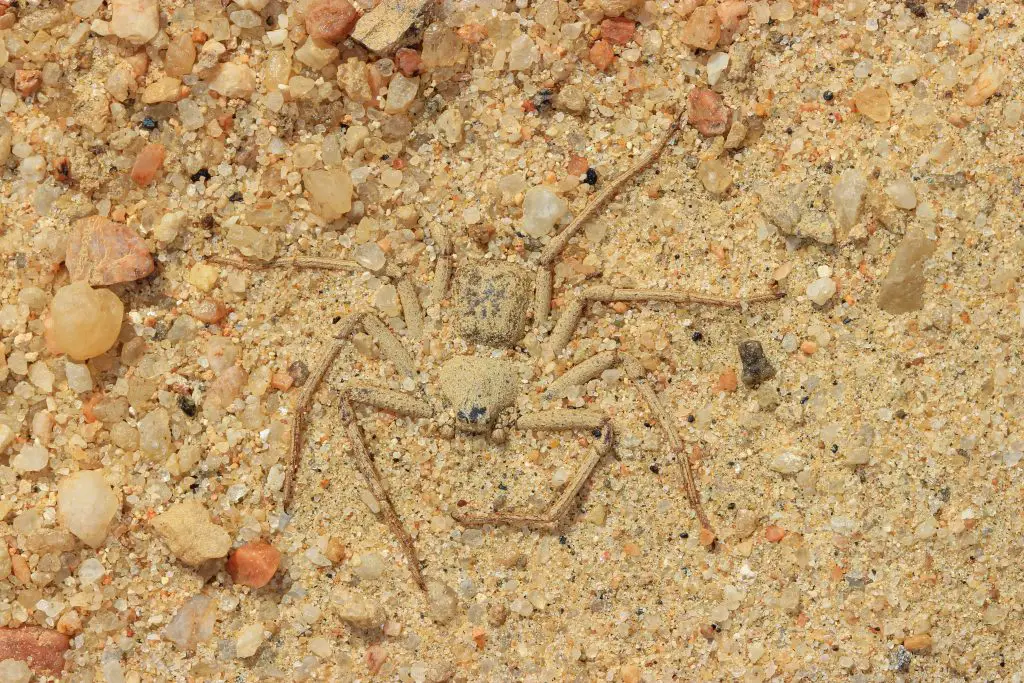
Despite its nocturnal habits, the Six-Eyed Sand Spider is deadly. Venom from its bite can cause massive hemorrhaging and death. This spider is feared for its ability to camouflage itself under sand. The spider is also extremely shy, and only twice has it been reported to bite a human. The Six-Eyed Sand Spider is about 15 mm in body size and possesses the world’s deadliest venom.
The Latin name of the six-eyed sand spider means “assassin.” They are common in desert areas of Southern Africa. Their venom contains a cytotoxin, a poison that can cause premature cell death and damage tissues. The venom of the six-eyed sand spider is especially dangerous because it can cause death even in small amounts.
The bite can cause severe muscle cramps and a high degree of pain. The six-eyed sand spider is also closely related to the deadly recluse spider.
3. The Sydney Funnel Web Spider
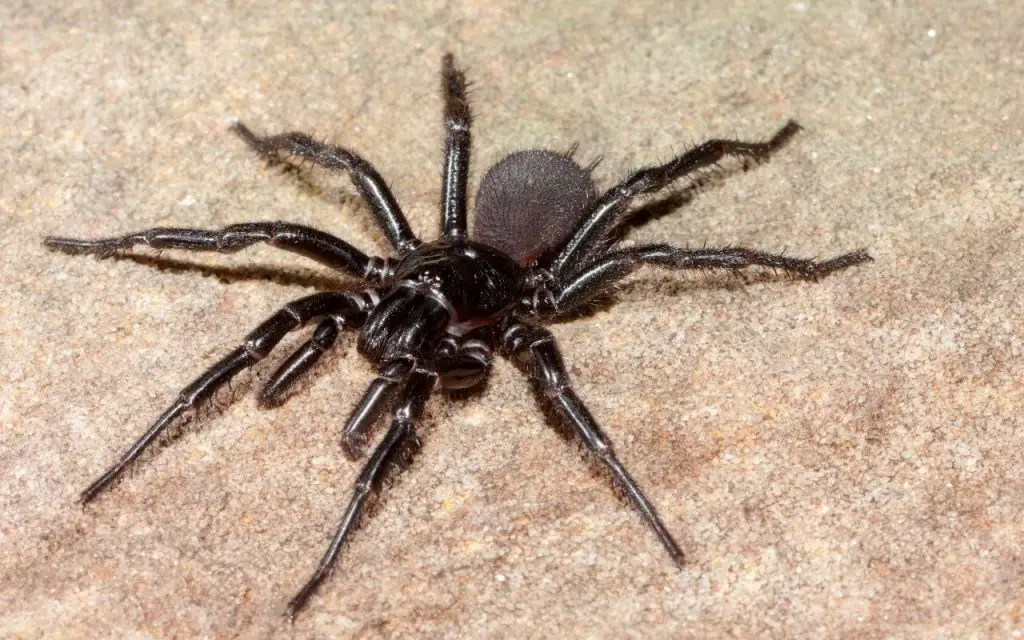
The Sydney funnel-web spider is considered one of the deadliest spiders. Its venom is highly toxic and can kill within 15 minutes if injected into a human. The male spiders produce five times more toxic venom than their female counterparts. Though they are not aggressive by nature, they may show aggression if threatened. They can be dangerous for both humans and animals.
While male funnel-web spiders are more deadly than female ones, females are also very dangerous if they bite. Male funnel-web spiders are also considered more dangerous than juvenile ones. However, despite being among the world’s deadliest spiders, researchers have discovered effective ways to treat this deadly spider with antivenom.
4. Black Widow Spider
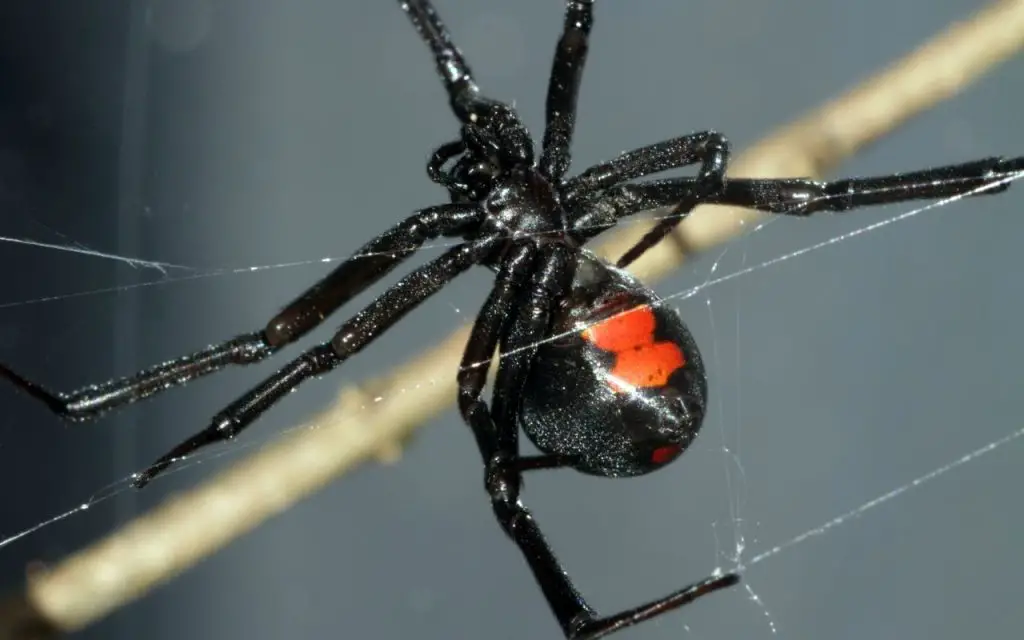
The name black widow is given to several species of spider, all of which have similar appearances, and are found in temperate climates all over the world. Until the discovery of antivenom, about 5 percent of all black widow bites were fatal. In the United States, between 1950 and 1959, there were sixty-three recorded deaths caused by black widow bites. However, with the development of modern home plumbing and insecticides, these bites have become almost unheard of.
Among the world’s deadliest spiders, the black widow is particularly deadly to humans. Its shiny black body and red hourglass-shaped markings on the abdomen make it easily identifiable. It is often found in woodpiles and burrows and is the most common of the Latrodectus spiders in North America.
5. The Brown Recluse Spider
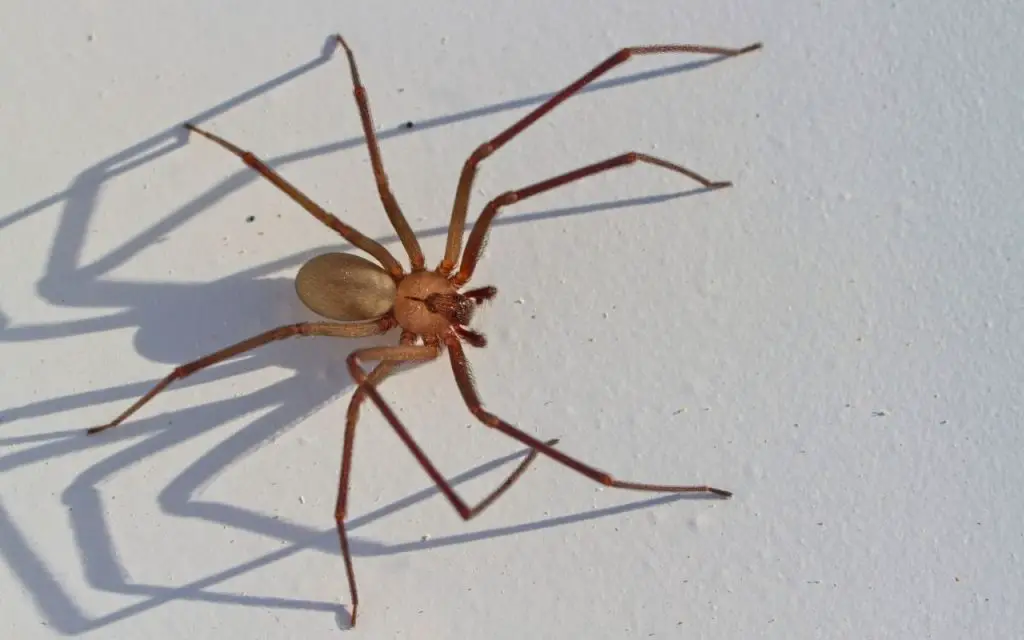
The Brown Recluse Spider is a common type of venomous spider in temperate to subtropical climate zones. The spider prefers dark environments and bites only when provoked. Its bite may be painless or appear like a bruise, but eventually it will turn into a black or purple blister. If left untreated, it will become infected with a painful blood-red rash. The stinging may last for up to two days, and the affected area may be crusted.
It is common to encounter the spider while unpacking boxes, or when rooting in closets or under beds. Its range is limited to the mid-west and southern portions of the USA, although related species are found around the world. Only one person has died from a Brown Recluse spider bite, and the only known fatality was in a seven-year-old boy.
6. Yellow Sac Spider
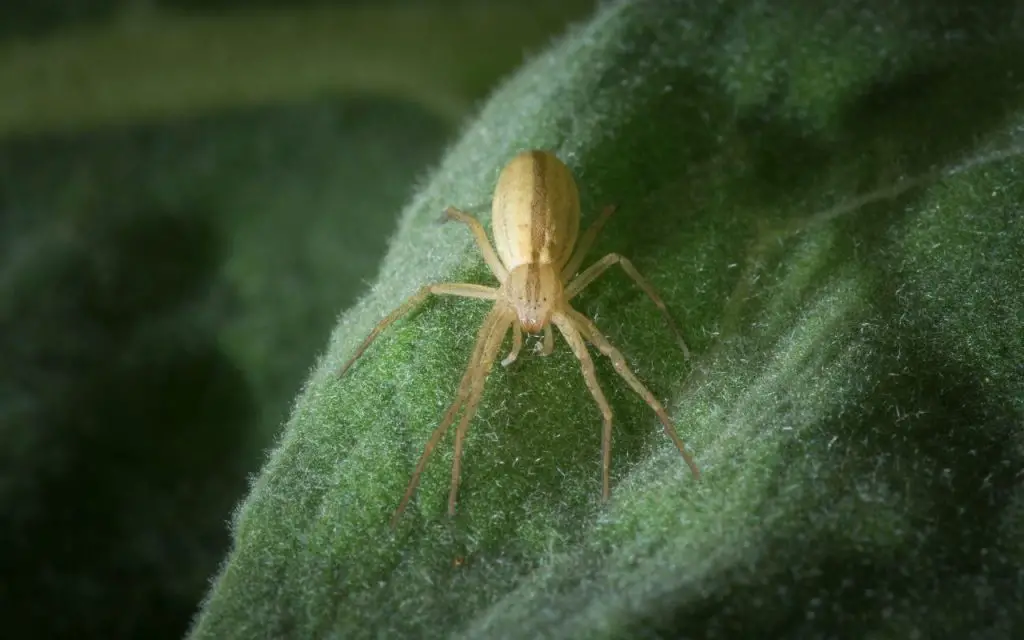
The Yellow Sac Spider is small, measuring just 0.12 inches to 0.6 inches. Despite its small size, it is a nuisance – and it can bite humans. This species is found throughout the U.S., Mexico, and South America, but it often takes shelter inside. It bites by producing a toxin called cytotoxin. The venom can break down cells and lead to necrosis.
The Yellow Sac Spider is a common household pest that can be a problem if you don’t know what to look for. These creatures are nocturnal and usually stay within a few yards of their resting webs. They usually build webs under debris and clutter, as well as around baseboards. They also prefer dark, damp areas. The females feed on insects and eggs.
The venom of the Yellow Sac Spider damages cells and prevents them from functioning properly. In severe cases, yellow sac spider bites can cause necrotic lesions, but this reaction is rare. Common reactions to the bite include redness and swelling at the area. The female may also bite to protect her eggs.
7. Brown Widow Spider
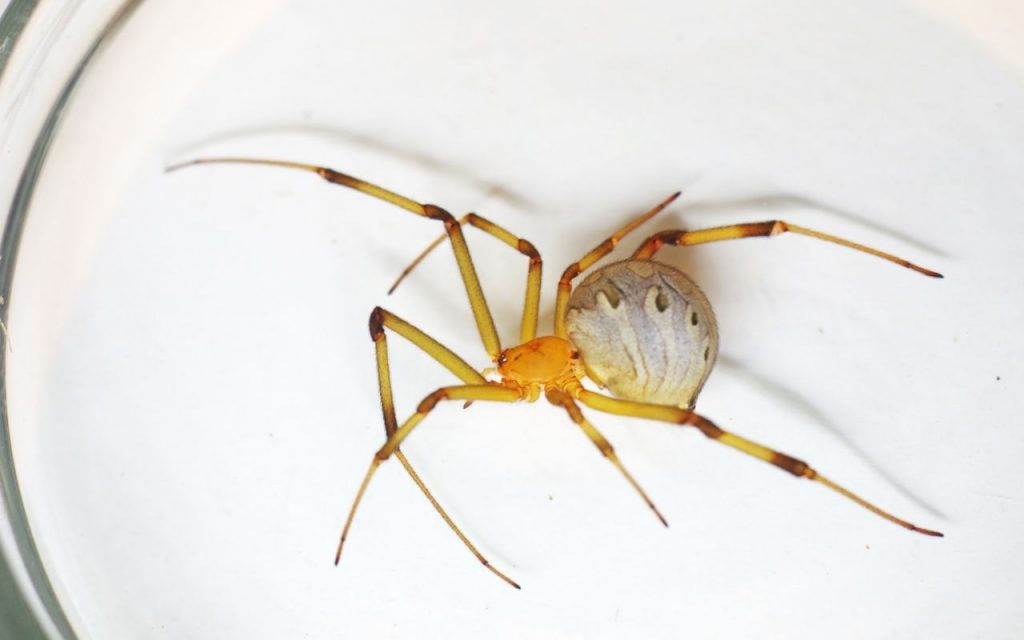
While the venom produced by the female brown widow spider is not nearly as deadly as that of her larger relatives, it is still dangerous to humans. The spider’s bite leaves a red mark and is generally less dangerous than that of its black and red cousin. Although the venom of the brown widow spider is confined to the bite site, it can be quite dangerous for people who are sensitive to it. If you suspect that you have been bitten by this spider and are concerned, see a doctor immediately.
The brown widow spider is thought to have originated in Africa and was described from South America in the 1800s. It has since spread to many parts of the world, establishing colonies in Hawaii, Florida, the Caribbean, parts of Australia, and South Africa. It has also been found in Madagascar and Australia. Its range has widened significantly since it was originally recorded.
8. Northern Funnel Web Spider (Hadronyche formidabilis)
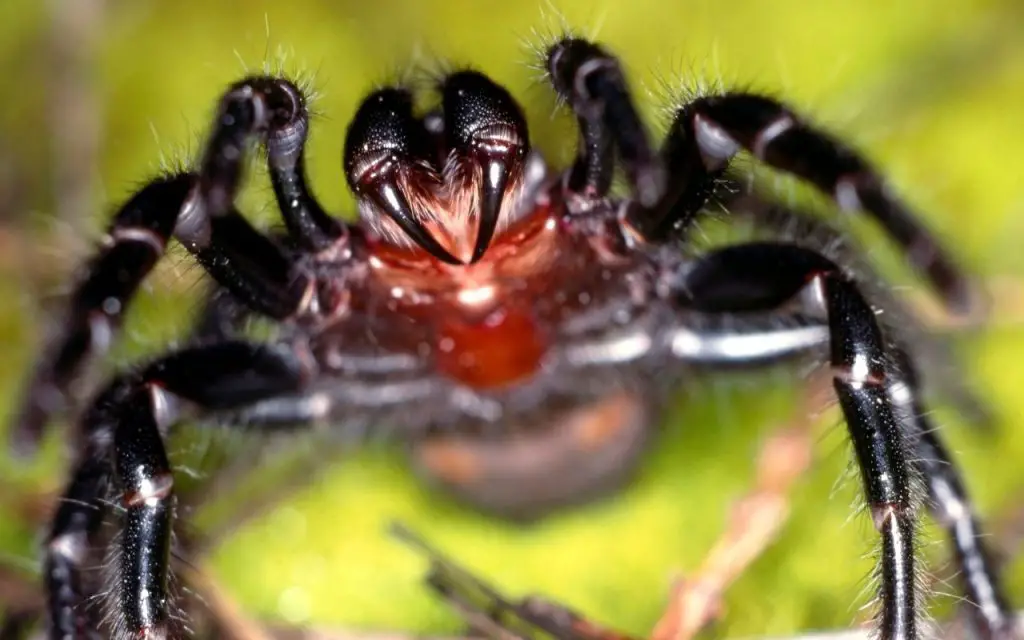
Male funnel-web spiders have more venom than females. Their venom is most lethal to primates, but other mammals are not as sensitive to it. Because of this, male funnel-web spiders are very dangerous to humans. These spiders live in several regions in Australia, and this particular species is often known as the Northern Tree dwelling Funnel Web.
Male funnel-webs usually wander around at night during warmer months to look for females. They may also find a way inside houses, garages, and concrete slab foundations. These spiders have very large fangs and are all dangerous. But the Northern Funnel Web Spider is one of the deadliest spiders in the world.
FAQ Related to the deadliest spiders:
What’s the deadliest spider in the world?
The most venomous spider in the world is the male Sydney funnel-web spider, a native of Australia’s coastal cities. Its venom is lethal to humans and other primates, although a female spider has four to six times less potency. Although deadly, spider bites are not the only danger a tarantula poses. Here are some facts about tarantulas.
The venom from this spider can kill a human within fifteen minutes. This species is found in Australia, where it is one of the largest. It is a land-dwelling spider with a web that is made of silk. These spiders are often a threat to humans and primates, and their venom is so toxic that anti-venom is produced by using the blood of rabbits.
Are wolf spiders venomous?
Are wolf spiders venomous? If you’ve ever wondered whether spiders bite humans, you’ve probably heard that they are. The truth is that these spiders don’t actually bite humans. However, their venom can kill small animals such as puppies and kittens. That’s why you need to protect yourself from wolf spiders. If you are bitten by a wolf spider, you should know that it can cause serious problems, and that it can even kill your pet if not treated immediately.
Even though these arachnids are huge, they are actually harmless to humans. Their venom is not particularly strong and is not dangerous unless injected into the human body. However, you can still get a bad reaction if you touch a spider. If you are afraid of spiders, you should keep a distance from them and do not approach them. If you accidentally touch one, you might feel a little bit of pain, but it isn’t harmful.
Has a tarantula ever killed a human?
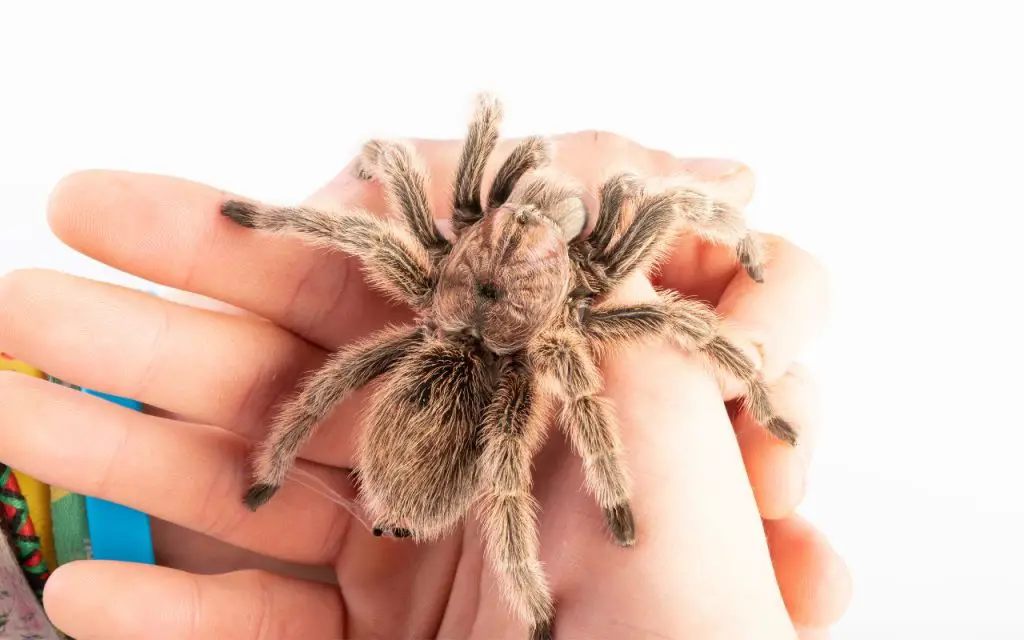
While tarantulas may look dangerous and venom is highly toxic, they are generally harmless. The venom a tarantula injects into their prey has similar effects to that of a bee sting, though a tarantula bite rarely leads to a death. The venom in a tarantula’s bite is only strong enough to paralyze its prey. It is not enough to kill the prey, however; if the tarantula bites you, the spider may drop off.
If you’ve ever been bitten by a tarantula, you’re likely aware of its ability to regenerate leg parts. When it molts, a tarantula loses a leg but will regrow a new one. When this happens, the leg may not be as long as others, but eventually it will grow as long as its other legs.



